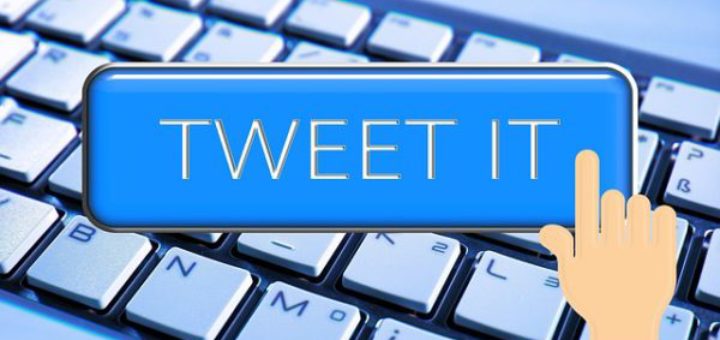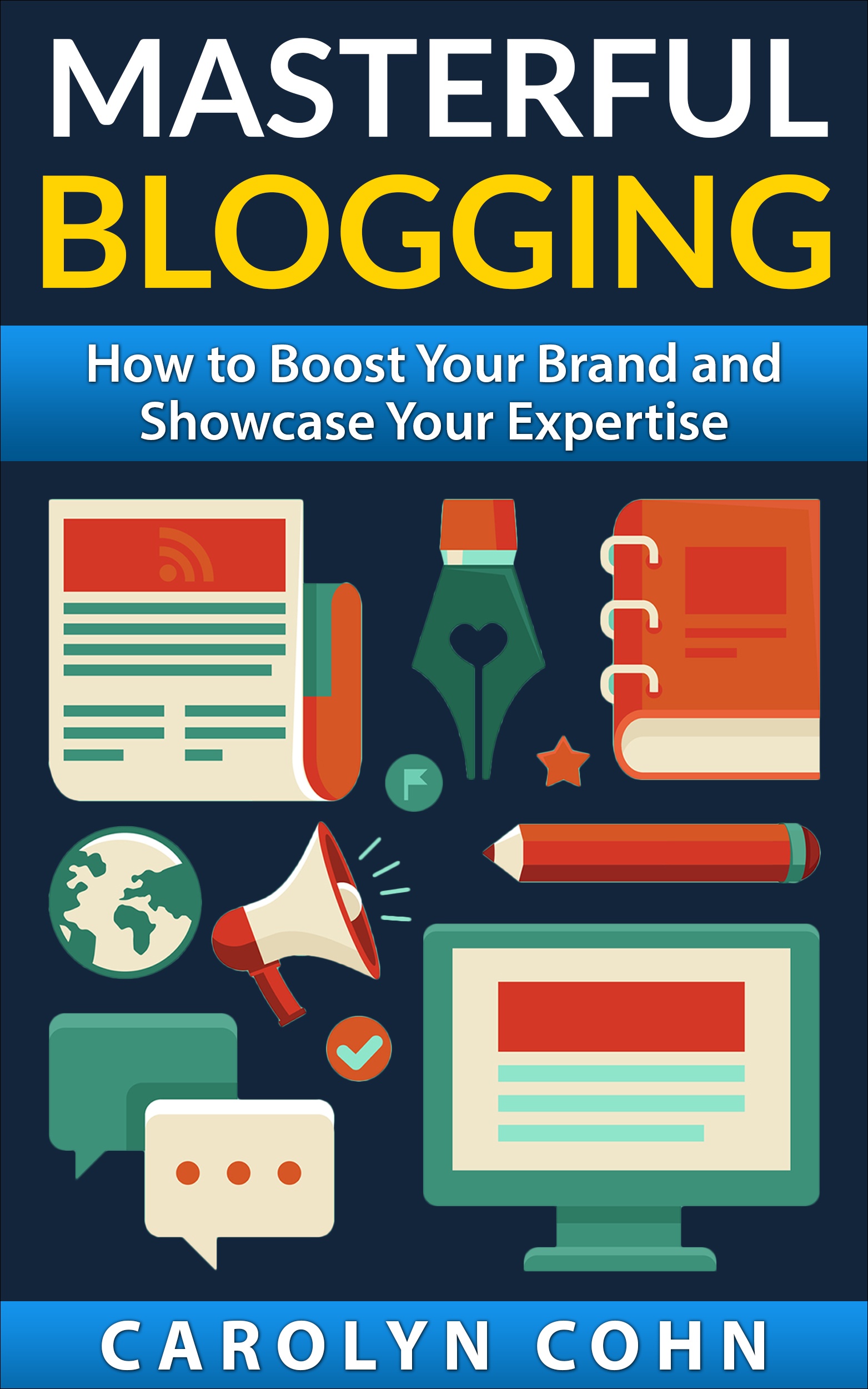Twitter 101: Basic Tips

If you own a business, the chances are very good that you have profiles on at least a few social media channels. Twitter is very possibly one of those. You may consider managing all of your social media channels to be challenging but once you have established a rhythm, it should get easier.
Managing Twitter as easily as possible
The various social media channels have some differences that you need to learn and use appropriately. Facebook works differently from LinkedIn, which works differently from Twitter. Because of those differences among the social media channels, it is very important for you to learn how to navigate the different social media platforms and having a deep understanding of them individually will make all of the difference to your success.
The fact is that the more you understand about the social media channels, the more effective your interactions with your target audience members will be and the more effectively you will be able to do your job. After all, you want to engage other people in the most successful way possible and you want the relationship that you share with those people to be enduring, solid, and mutually beneficial.
If you are relatively new to Twitter (or have simply not engaged on Twitter as much as you might have wished to do), here are some simple tips that will help you to get the most out of it for your particular business.
Before you can actually proceed, you will need to have a basic understanding of the terms that Twitter uses most commonly. So, here is the Twitter 101 glossary.
-
Tweet: A tweet is a message on Twitter. Tweets are unique from other social media posts in that you have a limitation of 140 characters, including spaces. That also includes any graphics and any links. You are probably safest if you limit your text to between 115 and 120 characters (without spaces) so that you leave some characters for the graphics and links. If you go over your character limit, the text will be truncated, which you certainly do not want to happen.
-
Retweet: If a person retweets a tweet, That means the tweet is shared with that person’s followers, which gives your tweet much wider exposure than it had before. There are two different ways in which a person can successfully retweet. One is manually. If the person is going to do it that way, he or she would type “RT” before the username and the content that is being retweeted will follow.
For a long time, the only way that a person could retweet was manual. However, there is now a second way in which a person can retweet, and that is by sending a web retweet. In that case, the person would hit the “retweet button” and the entire tweet would go to the recipient of the retweet. The “retweeter’s” name and avatar would also be included. Between the two methods of retweeting, the second one is simpler, less time-consuming, and more polite.
-
Feed: The feed is the source of the updates that you receive on Twitter. Your feed will tell you what content is being updated and it will also let you know who is retweeting the content.
-
Handle: The handle is the name of your account (for example, @johnsmith). You should try to be as consistent as possible when it comes to your handle so that other people can interact with you as easily as possible.
-
Mention: A mention is when you mention another person’s handle in a social media post. That creates the perception that the person’s whose handle is being mentioned is influential is some way. It causes other people to pay attention.
-
Hashtag: This is a “#” followed by a keyword or keyphrase. As is always the case, you should be mindful of the keywords/keyphrases you choose for maximum impact.
-
Direct message: This is a private message through Twitter to one of your Twitter followers. It is important to remember that a direct message can only be sent to a person who is following you on Twitter already.
-
Quote tweet: This is a way to allow a Twitter user to include comments in the tweet.
Now for the tips and tricks
-
Use keywords and key phrases wisely: Keywords work the same way on Twitter as they do on all other social media channels. The more specific the keyword/keyphrase, the easier it will be for the other person to find you. After all, you want to connect with the other person so that you can start to develop a relationship together.
-
Focus on the appropriate influencers: Influencers are extremely important for the success of your business. Your influencers give you added credibility and they bring a lot to the table for your benefit as well as for the benefit of your target audience members. You want to focus on resonance, reach, and relevance when considering which influencers are appropriate for your business.
-
Make good use of hashtags: Hashtags are instrumental in getting other people to pay attention to you. They help you to solidify your relationship with your target audience.
-
Give credit where credit is due: If you read something on Twitter that is worthy of being shared and being acknowledged, you should not hesitate to do so. Everyone loves to be acknowledged. Giving credit goes a very long way for very little effort.
-
Be organized: Twitter is one social media channel that makes it easy for you to automate (schedule) your tweets. If you can do that, you will have less pressure than if you have to do everything manually.
-
Communicate about how critical engagement is for everyone: If you have a desire to succeed with your social media interactions, engagement must happen. Engagement does so many positive things, including strengthening your credibility, boosting your business’ reputation, and positioning you as an expert in your niche.
-
Complete your Twitter profile: This is probably the absolutely first thing that you should do. Before the other person will consider interacting with you, he or she will most likely check out your profile. It is extremely important that you not only have a complete profile but that you also make it interesting for other people to read. A dry profile won’t cut it.
-
Introduce a graphic element: The fact is that many people are visual and; therefore, they respond better to graphics than to words. It has been proven that tweets that contain graphics do better than tweets with words alone.
-
Maintain consistency: Your commitment and consistency are critical to your success on Twitter. Your followers will look forward to seeing your tweets on the same days and at the same time each week. Your frequency is less important than your commitment to the regularity of your posts.
-
Choose quality over quantity: If you have a large number of followers but you have no idea who most of those followers are, what value does the number hold? Probably not a lot. It is more effective to have a smaller number of top-quality connections.
Conclusion
Twitter can be an extremely effective social media channel that can help you to engage people in a way that is very effective for your business. It is important for you to learn about what Twitter has to offer so that you can leverage it in the best way possible for your business. Twitter can help your business in a lot of ways and build solid relationships is one of the main ways. You will need to embrace Twitter so that you can determine how to use it most effectively for your particular business.
We are pleased to provide you with the insightful comments contained herein. For a complimentary assessment of your online presence, let’s have coffee.

|




